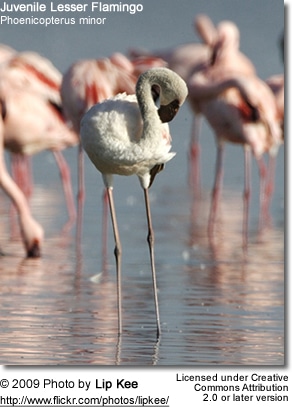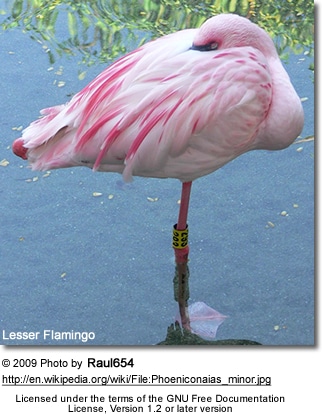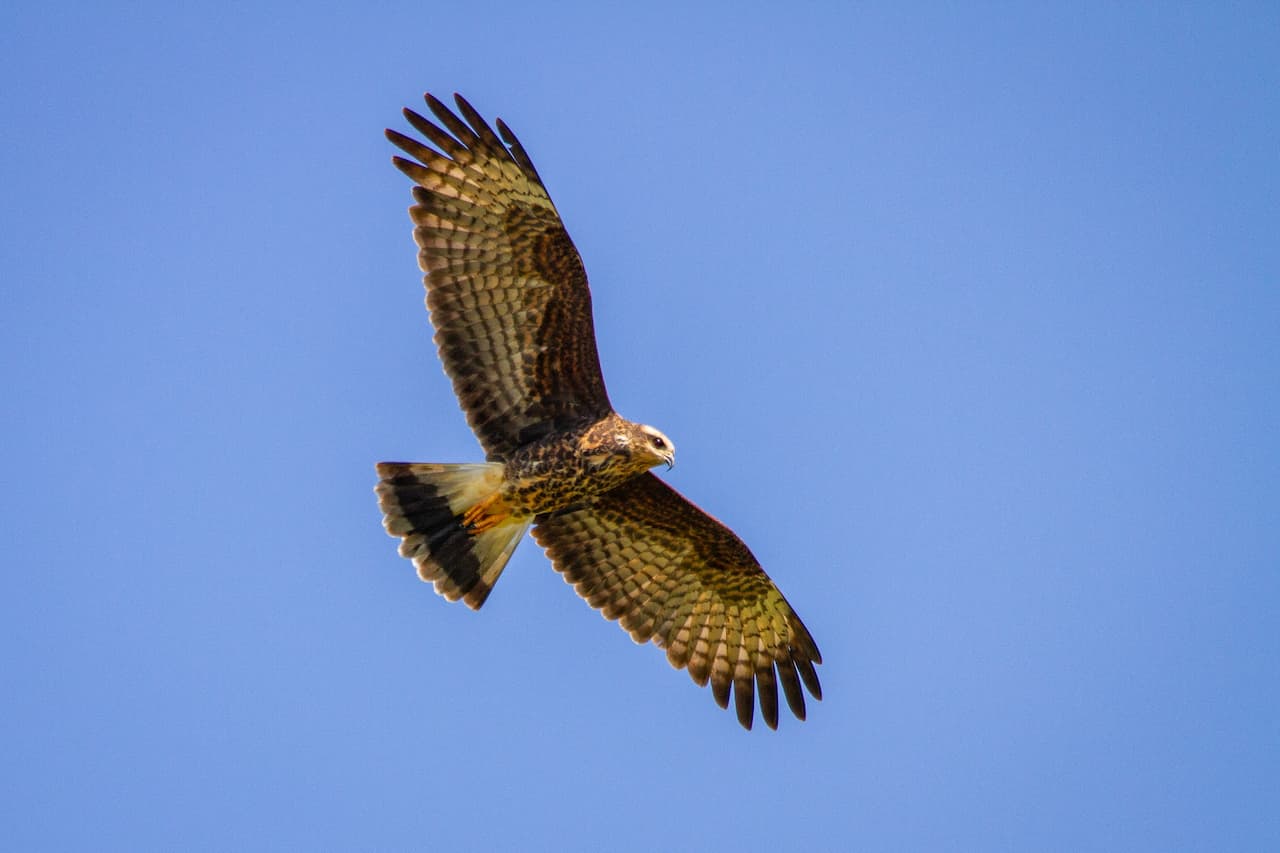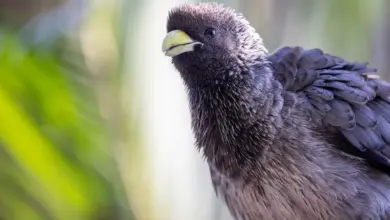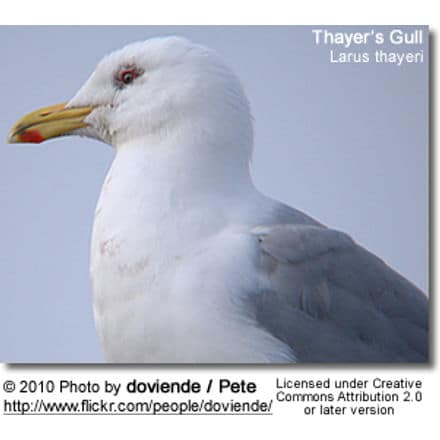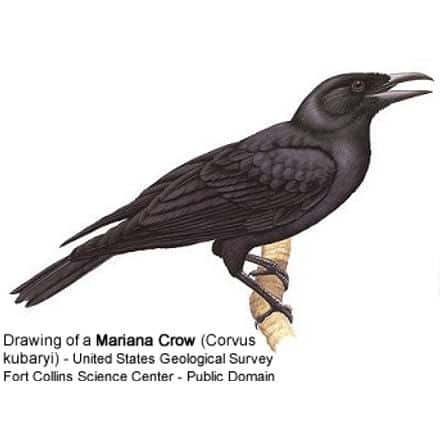Lesser Flamingos
The Lesser Flamingos (Phoenicopterus minor) is a species in the flamingo family of birds that resides in Africa (principally in the Great Rift Valley) and in southern Asia. Birds are occasionally reported from further north, but these are generally considered to be escapees.
Description
The Lesser Flamingos is the smallest and most numerous flamingo, probably numbering up to two million individual birds. They generally weigh 4.5 lb (2.0 kg), are 3 ft long, stand 3 ft 3 in (0.99 m) tall, and have a wingspan of 3 ft 3 in (0.99 m).
Most of the plumage is pinkish white. The clearest difference between this species and Greater Flamingo, the only other Old World species, is the much more extensive black on the bill. Size is less helpful unless the species are together, since the sexes of each species also differ in height.
Diet / Feeding
This species feeds primarily on Spirulina, a cyanobacteria which grows only in very alkaline lakes. Although blue-green in color, the bacteria contains the photosynthetic pigments that gives the birds their pink color.
Their deep bill is specialized for filtering tiny food items.
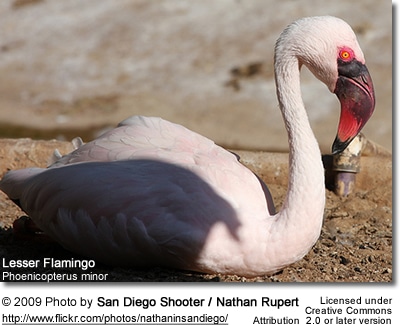
Breeding
In Africa, where they are most numerous, the Lesser Flamingos breeds principally on the highly caustic Lake Natron in northern Tanzania. Their other African breeding sites are at Etosha Pan, Sua Pan and Kamfers Dam. The last confirmed breeding at Aftout es Saheli in coastal Mauritania was in 1965. Breeding occurred at Lake Magadi in Kenya in 1962 when Lake Natron was unsuitable due to flooding. In the early 20th century breeding was also observed at Lake Nakuru.
The species also breeds in south-western and southern Asia. In 1974 they bred at the Rann of Kutch, but since then only at the Zinzuwadia and Purabcheria salt pans in north-western India.
Like all flamingos, they lay a single chalky white egg on mounds they build of mud. Chicks join creches soon after hatching, sometimes numbering over a hundred thousand individuals.
The creches are marshalled by a few adult birds who lead them by foot to fresh water, a journey that can reach over 20 miles (32 km).
Conservation
Despite being the most numerous species of flamingo, it is classified as near-threatened due to its declining population and the low number of breeding sites, some of which are threatened by human activities.
The population in the two key east African lakes, Nakuru and Bogoria, have been adversely affected in recent years by suspected heavy metal poisoning, while its primary African breeding area in Lake Natron is currently under threat by a proposed soda ash plant by Tata Chemicals. The only breeding site in South Africa, situated at Kamfers Dam, is threathened by pollution and encroaching development.
The Lesser Flamingo is one of the species to which the Agreement on the Conservation of African-Eurasian Migratory Waterbirds (AEWA) applies.
Lesser Flamingos are predated on by a variety of species including Marabou Storks, baboons, African Fish Eagles, jackals and Spotted hyenas.

References
- BirdLife International (2008). Phoenicopterus minor. 2008 IUCN Red List of Threatened Species. IUCN 2008. Retrieved on 2009-04-17.
- “A Vision in Pink, Lesser Flamingo Breeding Success”. Africa – Birds and Birding 13(2): pp. 42–49. April/May 2008.
- Anderson, Mark D. “Save the Flamingo”. http://www.savetheflamingo.co.za/. Retrieved on 2008-08-20.
- “TA-TA to Lake Natron’s flamingos”. Africa – Birds and Birding 12(4): p. 16. August/September 2007.
- Macleod, Fiona (2008-08-20). “Flamingo row: Officials ‘under house arrest’”. Mailand Guardian. http://www.mg.co.za/article/2008-08-20-flamingo-row-officials-under-house-arrest. Retrieved on 2008-

